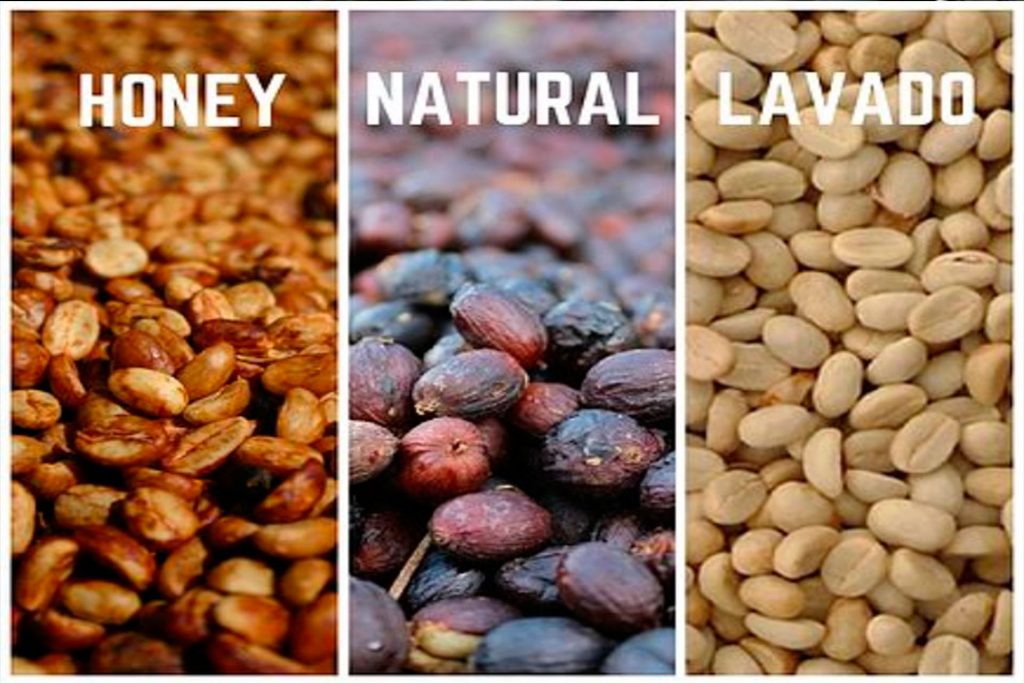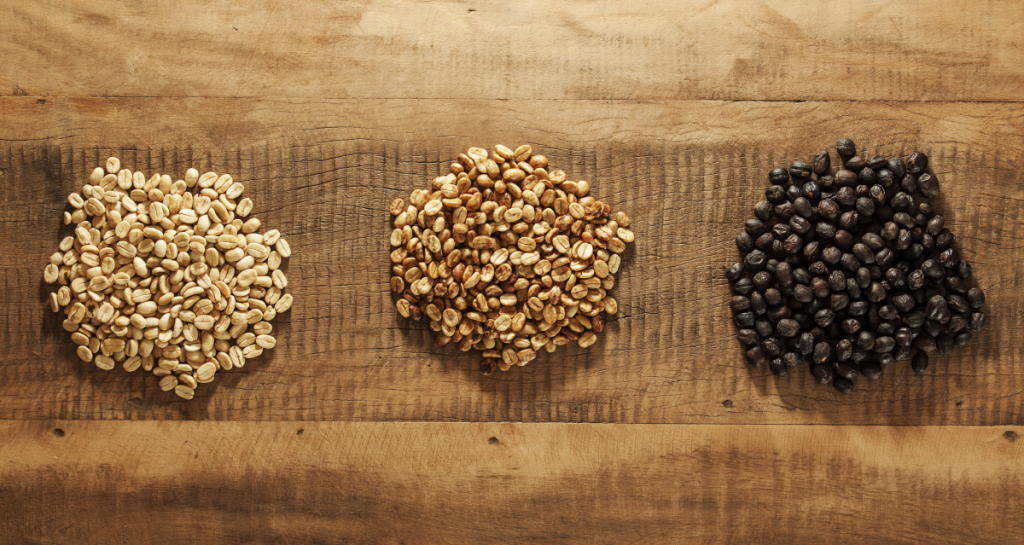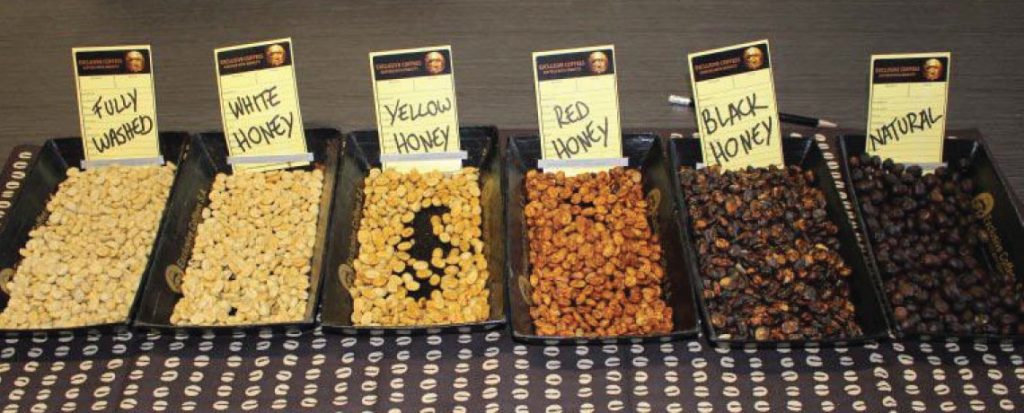

There are three ways coffee has been traditionally processed: washed, natural and honey. Other alternatives exist, but they are not well known and are used in specific locations such as Indonesia’s wet threshing process.
This process focuses only on the grain, as it allows you to taste what is inside, not outside.
If you notice, processes like natural or honey require some of the cherry to develop most of the flavors, as it covers the grain most of the process. In the case of washed coffee, 100% of the process depends on the grain absorbing the necessary nutrients and sugars throughout the cycle. This indicates that, variety, soil, climate, ripening, fermentation, washing and drying are fundamental aspects.
Washed coffees reflect both the result of the science behind perfect coffee planting and the proper management given by the coffee grower to their process. It is also clear that the country of origin and its climatic conditions play an important role in the taste of washed coffee.
This means, that the washing process is able to highlight the characteristic profile of a coffee of origin, more than any other process. This is one of the reasons why many of the specialty coffees come from a washing process.
A natural process, also known as dry, is to take back the basics from Ethiopia. The cherry is preserved with the bean and there is not much manipulation of the coffee while it is drying. Although this process does not require much investment, it is necessary to have certain climatic conditions to ensure a suitable drying time for the fruit and almonds.
A natural coffee well harvested and with due process, can come to highlight amazing characteristics in tasting and offer a sweet taste to consumers. “some of them have a taste very similar to that of red or yellow fruits.”
In addition, a natural coffee is one of the most environmentally friendly there is.
The taste of a honey coffee, when processed in the right way, is literally as if someone had added honey and brown sugar to a cup of coffee. However, the name comes from the sticky feeling that is generated in the beans during the process. In many ways, this type of coffee is the intermediate between a washed coffee and a natural one, it is fruity but not as much as a natural one. They generally tend to have a more balanced acidity than washed coffees, accompanied by a pronounced sweetness and a more complex palate sensation.
There are sub-varieties such as White, Yellow, Red and Black Honey, which shows how a method like this influences the taste and profile of coffee. It can become a scientific process where the level of mucilage (which greatly influences the sweetness and body of the coffee) must be controlled and monitored. Usually, the more mucilage the grain has, the sweeter it will taste.

A large number of producers are opting for other techniques, weather permitting. For example, in Colombia, Nicaragua, Guatemala and Rwanda some farms are starting to produce honey and natural coffees. By doing this, it will allow them to have new profiles that will add value to their crops.
This goes beyond just choosing a method to process coffee, some coffee growers are experimenting with anaerobic fermentations (lack of oxygen in the fermentation process), while others are experimenting with catalysts to speed up fermentation. Others are even taking into account the environmental impact to use processes that reduce the amount of water to be used. The use of new equipment and the dissemination of knowledge has also become a contribution to creating unique profiles.
There is a great demand for experimentation with other methods, the coffees that have been processed with different methods have come to be sold even before they are harvested. This indicates that we will start to see many more innovations in coffee processes in the future.
Coffee production has not been much mentioned in the industry or in conventional discussions, however, it is an integral and fundamental part that provides a contribution to the creation of the flavor and profile of a coffee. So the next time you choose a coffee you know what to expect from one that has had a honey process or a natural process.